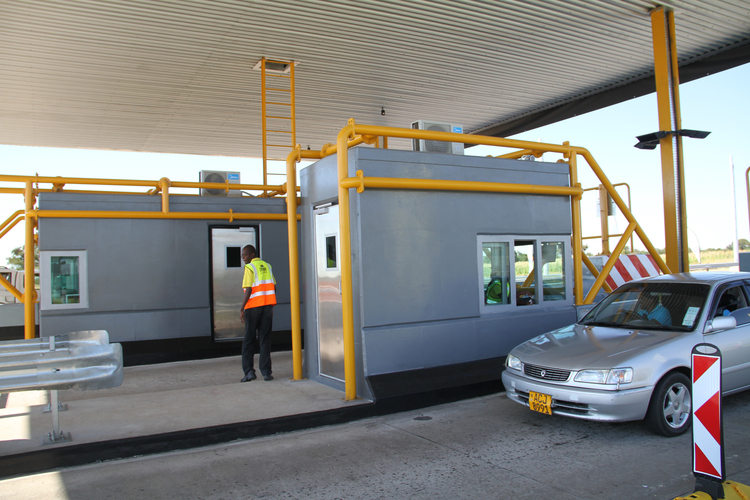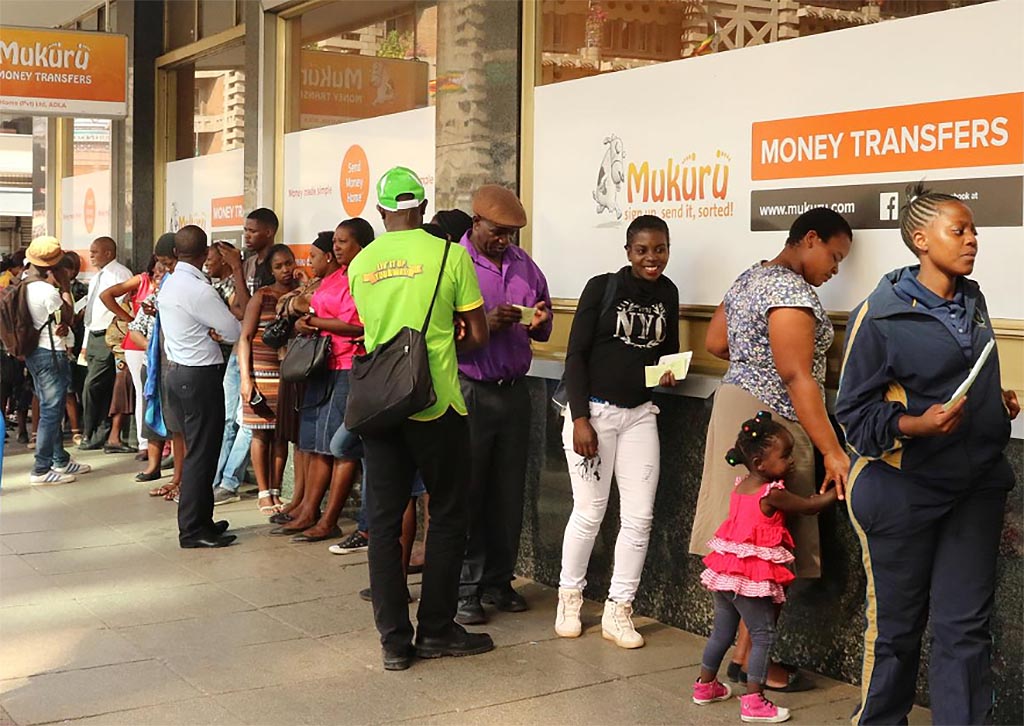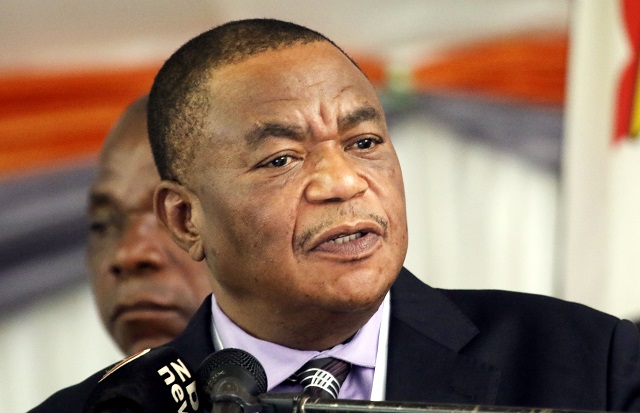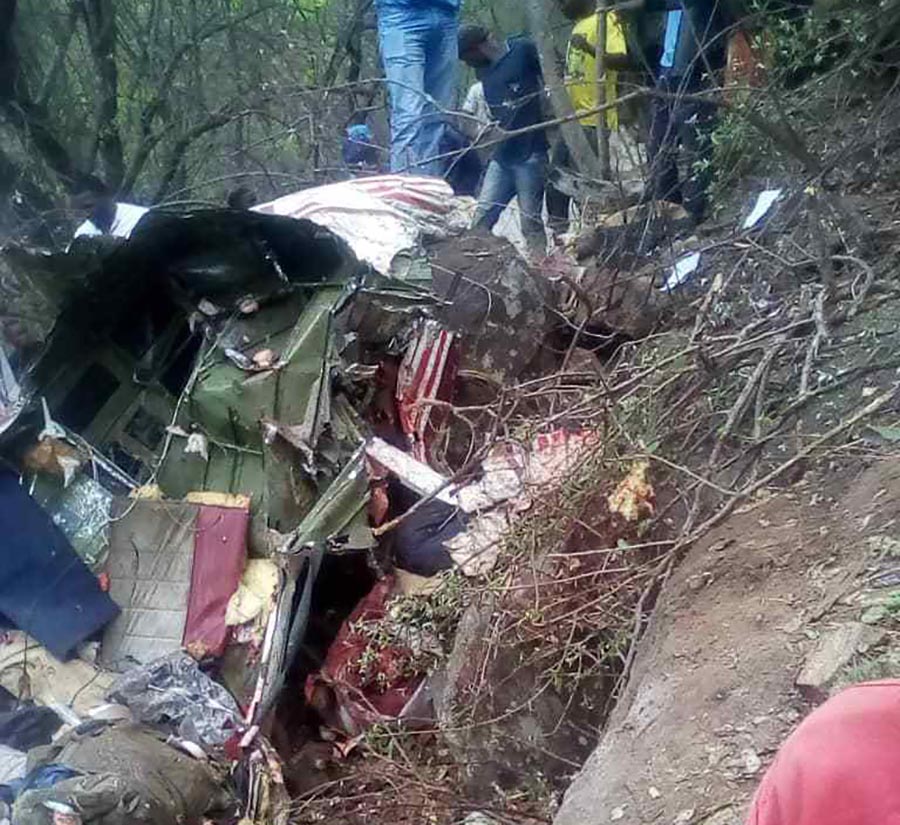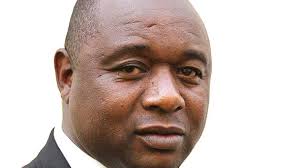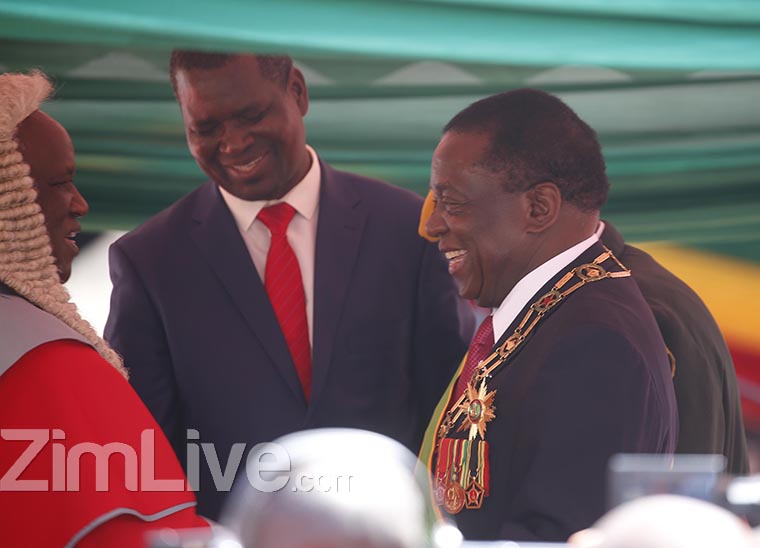HARARE – Zimbabwe has begun taking foreign currency payments at tollgates on the country’s highways, as the country continues to inch towards dollarisation.
Toll fees are also going up in Zimbabwe dollars, the roads agency ZINARA announced on Friday.
The new fees in the local currency are Z$165 for light motor vehicles, up from Z$120. Minibuses will pay Z$245 while buses are charged Z$330 for passage.
Heavy goods trucks and haulage trucks now pay Z$410 and Z$820 respectively.
According to Statutory Instrument 32 of 2021 published in the Government Gazette on Friday, ZINARA will collect US$2 for light motor vehicles while minibuses and buses will attract charges of US$3 and US$4 respectively.
Heavy vehicles will pay US$5 and haulage trucks US$6.
“Toll fees for foreign registered vehicles shall be payable in United States dollars or equivalent in other foreign currencies using the above rates,” according to the statutory instrument.
ZINARA public relations and marketing manager Tendai Mugabe said: “The government has put road infrastructure at the heart of national development hence this decision that we should have dual pricing at tollgates.
“As a result of the heavy rains received this year, most of our roads are now in a bad state and this requires more funding. Although the money that we collect is not enough to undertake all the road works that our infrastructure now requires, we believe this move will have a significant impact in so far as road development is concerned.”
Mugabe explained that theirs was only to “fix, collect and disburse road user fees” to the government and local authorities.
“The refurbishment of roads is the responsibility of road authorities, namely the department of roads in the ministry of transport and infrastructure development, the District Development Fund, rural and urban councils,” he added.
Zimbabwe legalised the use of foreign currencies in domestic transactions in March last year, less than a year after abandoning dollarisation.
The central bank said it was allowing Zimbabweans to use foreign currencies as part of measures to deal with the effects of the coronavirus epidemic, but critics said it was responding to market forces as many businesses were rejecting the local currency.
The Zimbabwe dollar has lost more than half its value since it was brought back in June 2019, ending a decade of dollarisation that helped stabilise the economy.

